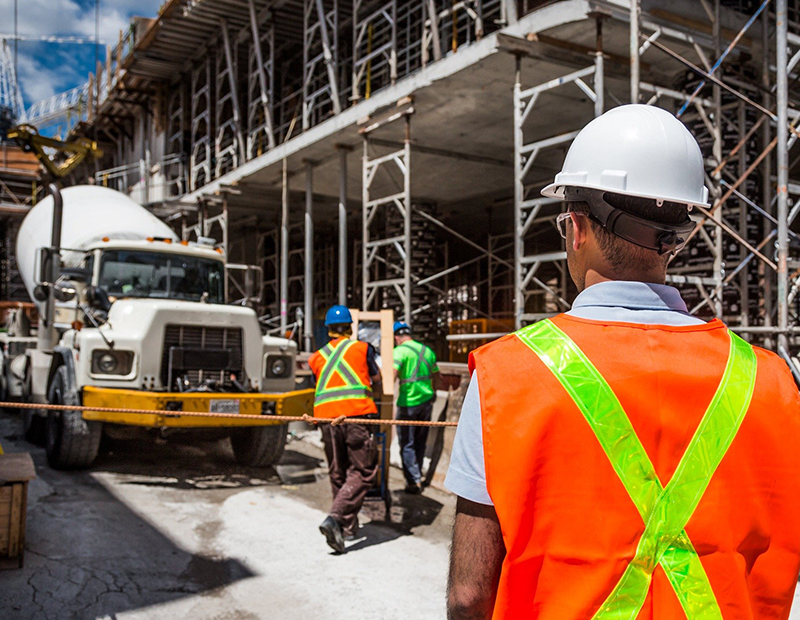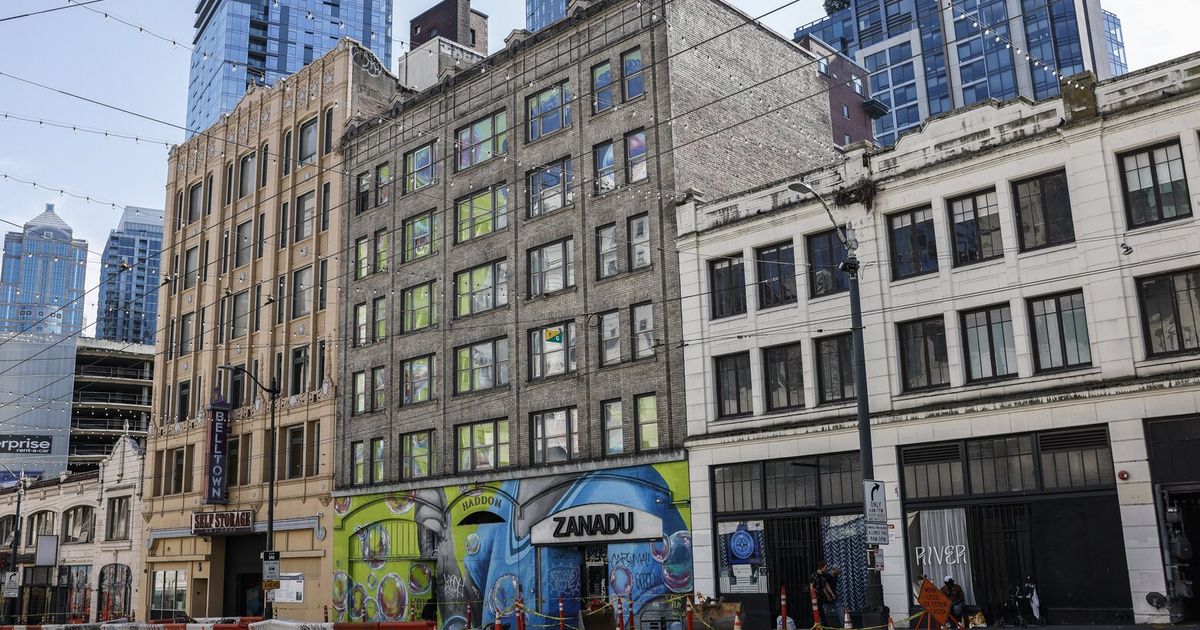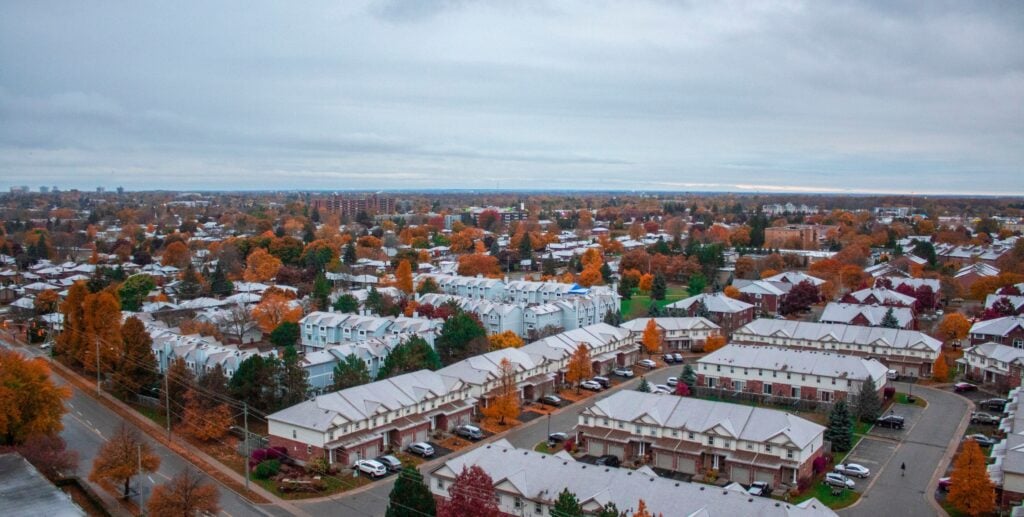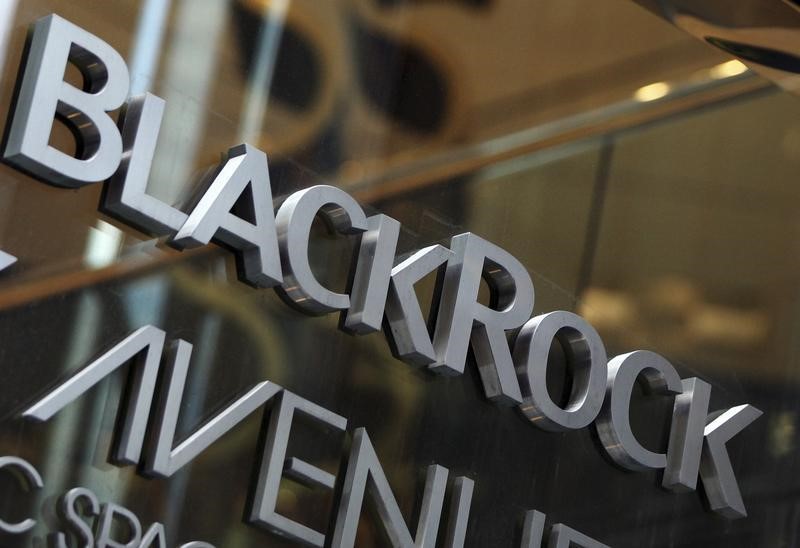The future of real estate is written by developers, who are an enthusiastic group by nature and often can be classified as optimists. This sense of enthusiasm has been dampened by the headwinds that emerged in 2022. We have seen the pace of inquiry for new construction loans decrease dramatically year-over-year from 2021 to 2022. While optimism remains, we expect this shift of sentiment will carry into 2023. However, that is more related to market uncertainty than financing availability. Capital is out there. Yes, it has become more expensive and there are huge differences in market fundamentals and construction costs.
Disruption to the macroeconomy and global supply chain from continuing post Pandemic lockdowns, changing monetary policy and the war in Ukraine have created significant volatility and uncertainty. We expect that the first half of 2023 will look much the same as the second half of 2022 as all these conditions look to persist for the next six months. Slow and cautious will be lender’s general mood. Proformas that were initially underwritten six to nine months ago look a lot different now as cost of capital and terminal cap rates have moved out.
Terminal value is becoming harder and harder to assess. Cap rates and rents are theoretically moving, but data points are light, especially on office. There is limited leasing transaction activity, or recent sales to point to where the market is valuing assets. Uncertainty is also shaping where rents are today, where they are going tomorrow, and where market demand will be in the years to come. Another consideration, Lenders are requesting interest rates caps—and they are expensive, thus adding an additional cost to already tight budgets.
Expect that construction costs will remain sticky as labor shortages remain. We have not seen overall costs move down much. Many developers have been projecting a decrease in costs as post pandemic supply chains normalized, but we haven’t seen it yet. Wages seem to be the main reason. Materials pricing has not changed by much, though that may change over the next six months. When constructions costs remain high and the overall cost of capital has increased, deals become increasingly hard to pencil. We expect a lot of projects will be put on the shelf in hopes of a better macro environment in 2023.
Wheels Still Turning

Even with this challenging climate, most lender types are still functioning in the construction financing space albeit with lower demand. Larger banks have pulled back the most as it relates to their overall lending and construction appetite. Life companies, regional banks, credit unions, pension funds, private equity and others, however, continue to show a willingness to capitalize in their absence.
Fixed-rate construction to permanent loans remain available, although the long-term uncertainty of interest rates have dampened borrower appetite for the product. Borrowers that are taking construction loans right now have generally preferred floating rate short-term structures, hoping that rates are the same or better when refinancing in the next 18 to 24 months. Lenders in general are scaling back leverage points and being very conservative. But deals are still getting done.
As for industrial, smaller-footprint infill projects will continue to be the most attractive. Market demand is there, and construction is often straight forward. Industrial has a structural benefit that office doesn’t as the product was under built for years in areas where there is continued demand. Overbuilding on very large buildings is beginning to cause softening for those assets, but smaller projects in 100-300-square-foot, multi-user format still have functional dynamics.
Office is really market dependent. Pre-leasing or build-to-suit is really the only path, or best path, to get favorable financing. Flight to quality is real. Class C, commoditized space is not what tenants want. Tenants are downsizing space but taking higher quality space. Spec office is challenging in most markets, but potentially the most rewarding when the market resets. A typical loan is going to be 50 percent to 55 percent loan to cost for spec office. Spreads have moved out dramatically. What used to be 250-point spread is now 350-to-500-point spread, if not wider. Add a build-to-suit or pre-leased credit tenant and all terms can change for the better and dramatically.
Jeff Wilcox is principal, Gantry.
















